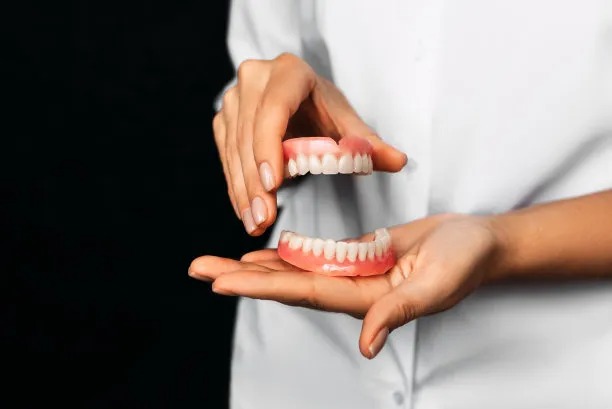Essential Safety Measures to Follow Before and After Receiving Dental Fillings for Optimal Oral Health
Summary: Dental fillings are a common solution for addressing cavities and decay, yet understanding essential safety measures before and after the procedure can significantly enhance your oral health. This article explores key practices to adopt, including proper communication with your dentist, pre-procedure preparations, aftercare guidelines, and regular follow-up appointments. Each section aims to equip you with the knowledge needed to optimize your dental experience, reducing anxiety and promoting healing. By following these recommendations, you can ensure the longevity of your fillings and overall oral well-being.
1. Communicating with Your Dentist

Effective communication with your dentist is paramount before getting dental fillings. Discussing your concerns and medical history can significantly impact the outcome of the procedure. Make sure to inform your dentist of any allergies, medications, or previous dental experiences that may affect your treatment.
During your appointment, don鈥檛 hesitate to ask questions about the filling material options available. Dental professionals often use various materials like composite resin, amalgam, or glass ionomer, each suited for different scenarios. Getting clarifications about the process and expected recovery can help ease any anxiety.
Post-procedure, maintain open lines of communication. Report any unusual symptoms or discomfort as soon as possible, so your dentist can assess the situation promptly and provide necessary interventions if needed.
2. Preparing for Your Appointment
Preparation for dental fillings begins with scheduling an appointment at a convenient time, preferably when you can relax afterward. Avoid scheduling too close to significant life events, as anxiety may affect your overall experience. Furthermore, prepare mentally by understanding the process and setting realistic expectations.
It鈥檚 also important to follow any pre-appointment instructions given by your dentist. For instance, some dentists recommend avoiding food or drink for a few hours before your appointment, particularly if they plan to use anesthesia, as this can help minimize discomfort.
Lastly, consider arranging for transportation if you plan to receive sedation. Having someone available to drive you home ensures your safety and comfort after the procedure, allowing you to recover without any complications.
3. Aftercare Guidelines for Optimal Healing
After receiving dental fillings, following proper aftercare is vital for optimal healing. Initially, avoid chewing on the side of your mouth where the filling is placed for at least 24 hours, as this can reduce the risk of damaging the filling or causing additional discomfort.
In the hours following your appointment, you may experience numbness in the treated area due to anesthesia. It鈥檚 crucial to avoid hot foods or beverages, as you may inadvertently burn your mouth without realizing it. Stick to soft, cold foods to ease any discomfort while your mouth recovers.
Be sure to maintain proper oral hygiene post-procedure. Gently brush and floss around the filling site to prevent plaque buildup, which can lead to further decay. If your dentist provides special instructions or a specific oral care product, be sure to adhere to those guidelines for the best results.
4. Importance of Regular Follow-up Appointments
Regular follow-up appointments are essential for ensuring the longevity of your dental filling and overall oral health. Your dentist will monitor the filling to ensure it鈥檚 functioning correctly and to check for any signs of further decay or issues around the filling site.
During these visits, be proactive about expressing any concerns or discomfort you may experience. Early detection of any problems can prevent the need for more complex procedures in the future. Additionally, routine cleanings and examinations help maintain a healthy mouth and reduce the risk of future cavities.
Finally, follow your dentist鈥檚 recommendations on the frequency of visits based on your specific dental health needs. This may vary from every six months to once a year, depending on how well you manage your oral hygiene and any previous dental issues.
Summary:
In conclusion, understanding essential safety measures before and after receiving dental fillings can greatly contribute to your oral health. By communicating effectively with your dentist, preparing adequately for your appointment, adhering to proper aftercare, and committing to regular follow-ups, you can enhance your healing experience and ensure the longevity of your fillings.
This article is compiled by Vickong Dental and the content is for reference only.


